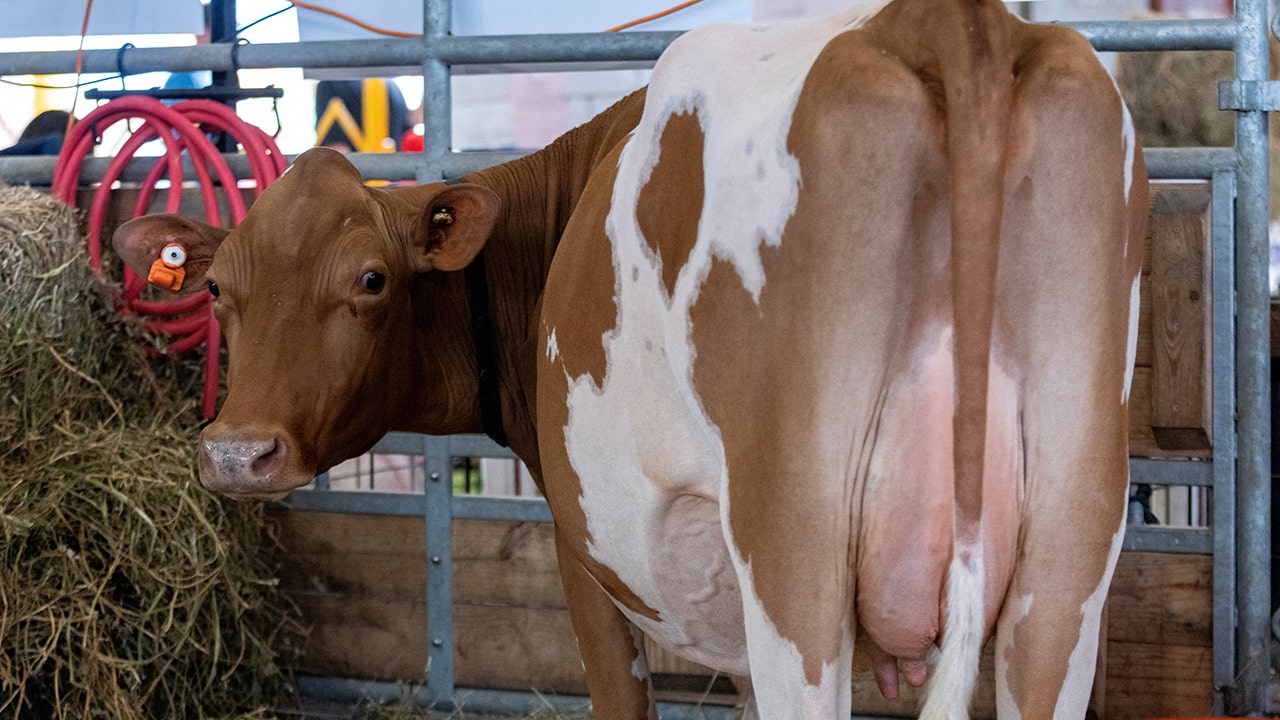CDC Issues Alert Over Bird Flu Cases in California
In a recent announcement, the Centers for Disease Control and Prevention (CDC) and the California Department of Public Health confirmed that two dairy workers in California tested positive for the H5 strain of bird flu, specifically H5N1. This news has raised concerns about the potential spread of the virus, although officials have stated that the cases are unrelated, with each individual working at different dairy farms in California’s Central Valley.
Understanding Bird Flu
Bird flu, particularly the H5N1 strain, is a viral infection that primarily affects birds but can also infect humans, especially those who come into close contact with infected animals. The CDC has been closely monitoring the situation, collaborating with state health officials to control the spread of the virus from animals to humans.
Both individuals who tested positive experienced mild symptoms, including conjunctivitis, but did not report any respiratory issues and did not require hospitalization. This is a reassuring sign, as it suggests that the infections were not severe.
The Current Situation in the U.S.
As of 2024, there have been a total of 16 reported human cases of bird flu in the United States, including the two recent infections in California. The distribution of these cases is as follows:
- Texas: 1 case
- Michigan: 2 cases
- Colorado: 10 cases
- Missouri: 1 case
- California: 2 cases
Notably, six of these cases have been linked to exposure to sick or infected dairy cows, while nine cases were associated with infected poultry. The CDC emphasizes that the risk to the general public remains low, but there have been "rare, sporadic infections" among individuals who work closely with infected animals.
Precautions and Recommendations
In light of these developments, the CDC has issued several recommendations for individuals who work with animals that could be infected with H5N1. These include:
- Avoiding Contact: Individuals should avoid contact with wild birds and sick or dead animals.
- Personal Protective Equipment (PPE): Those working with dairy cows or other potentially infected animals should wear PPE when in contact with these animals, raw milk, or surfaces that may be contaminated.
- Food Safety: It is advised not to prepare or consume unpasteurized (raw) milk or raw cheese, as these can pose health risks.
If someone becomes ill after close contact with infected animals, the CDC recommends contacting a local health department and a healthcare provider for testing.
Symptoms of Bird Flu
Symptoms of bird flu can vary but often include:
- Eye redness (conjunctivitis)
- Mild flu-like upper respiratory symptoms
- Fever
- Cough
- Sore throat
- Difficulty breathing
- Runny or stuffy nose
- Muscle aches
These symptoms can resemble those of other respiratory illnesses, making it essential for individuals who have been in contact with infected animals to seek medical advice if they experience any of these signs.
Ongoing Monitoring and Research
The CDC continues to monitor the situation closely, as the H5N1 virus is widespread in wild birds and has caused ongoing outbreaks among poultry in the United States since 2022. The agency is committed to supporting state-run efforts to control the spread of the virus and protect public health.
As the situation evolves, it is crucial for those in the agricultural sector and the general public to stay informed about bird flu and adhere to health guidelines to minimize risks.
